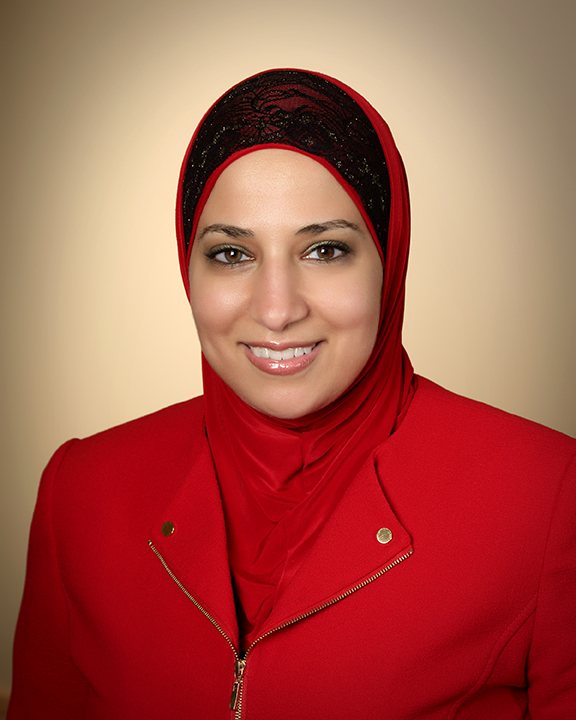Great things are done by a series of small things brought together.
–Vincent Van Gogh
We are still forming opinions about robotic surgery. Although the existence and progression of robotic surgery is undeniable, the question of a proper role within the spectrum of minimally invasive surgery is constantly under debate. To many, there is no definitive answer about robotics: Some believe robotic surgery to be too complex, too costly, a choice overload. Others believe it is a necessary option that provides answers that traditional laparoscopy does not. Both opinions have their place; however, having more choices in surgery is the natural progression of learning and making progress in providing patients with better options for surgery. Staying updated collectively is critical to caring for our patients and being able to offer them the best possible option for their problem.
Robotic-assisted surgery is still considered a revolution in surgery for many reasons. Watching videos and having quick discussions about this new application of minimally invasive surgery is not enough. Both methods offer a limited understanding about how different robotic surgery is instrumentally and how to maneuver a very different device than the ones used with traditional laparoscopic surgery. Robotics, by virtue of wrist-like instrument maneuverability and three-dimensional visualization, has returned both the advantages of the human wrists and the depth perception ability of eyes to the field of minimally invasive surgery. And this advantage is evolving—especially now. Soon, the addition of the sense of touch, as well as image guidance, will take robotics to the next level. We need to understand what’s coming.
This is why at MIS Week this year I’ll be leading an event called State of the Art Lectures in Robotic Surgery. New applications, advancements and options within robotic surgery are being presented constantly, and it can be tough to stay updated, so I’ve put together, along with the Society for Laparoendoscopic Surgeons (SLS), a multidisciplinary panel of experts in gynecology, urology, general surgery, thoracic surgery, cardiac surgery and others, who will talk about the most relevant issues in robotics that we are dealing with today, such as:
- The cost and value of robotics
- Complex robotic hysterectomy
- The urologic procedure that launched robotic surgery itself
- A technique for hernia repair
- Simulation for all disciplines
- The benefits of robotic bariatric surgery
- Robotic coronary bypass surgery
This series of presentations by the experts I’ve scheduled to speak at MIS Week will outline the very latest in the application of robotics to the each specific field in surgery. These lectures will help surgeons to develop a critical eye so that they can now advance in their adoption of robotics into their practice. The multispecialty nature of the session will allow surgeons of difference specialties to benefit from the experience and different applications in other specialties. So often, the solutions to certain problems encountered in one specialty application exist in the techniques and experience of other specialties. This constant interchange of ideas, techniques and experience is what allows robotic surgeons to push the limits of minimally invasive surgery using this remarkable tool.
Why is this so necessary now? Because there are many developments on the horizon, beginning with new FDA approved robots that may have new advantages or even disadvantages, and may have different applications. There is so much to anticipate, to learn, to look forward to and even to avoid. We’ll be talking about this and other issues because a lot of innovation needs to happen, and on behalf of our patients, we need to understand this together.
As we come together, we learn from each other’s knowledge, experience and insight. New issues come up all the time. As we collect and share new data, we really learn the benefits and risks in each area of medicine. It’s important to know what another discipline is learning—as it helps in all areas of medicine. I’ve watched as one cohort after another benefits and have learned which benefits the most and why—this only increases our efficiency. Interactive learning produces this important knowledge. I’ve watched as surgeons at all levels avoid complications by learning from someone in a completely different area of medicine.
Coming together we are defining together which robotic surgeries have benefits, which have challenges, and what applications are most important for each specialty. This helps each and every surgeon, regardless of his or her level of expertise. With new robotic technologies forthcoming and older ones evolving and advancing, we are all learning, together.
We come together not just here in the United States, but also internationally. U.S. meetings are fantastic for worldwide learning, simply because there are so many surgeons from countries throughout the world who come to our meetings. Major differences exist in residency training around the world, and the structure and quality of each country’s residency program differ, between the country and between centers. It is critical that a better understanding of the similarities and differences in robotic surgery training be determined so we can initiate better and more constructive discussions and commentary among training programs worldwide.
Coming together in these type of sessions helps us learn from each other: How to train, how to keep costs down, how to improve efficiency and reduce risks, and how to assist surgeons in credentialing. In reverse, learning only in isolation presents real problems. Simulation is a helpful tool, but true learning also comes from learning together, comparing our thoughts and our techniques, discussing and sharing what we have seen work and not work, is all important. Accessing the collective competency ultimately benefits all of our patients.
After all, robotic surgery is poised to change the nature of surgery forever. Getting out of your day-to-day environment and learning through other disciplines may be the way you learn the most.







